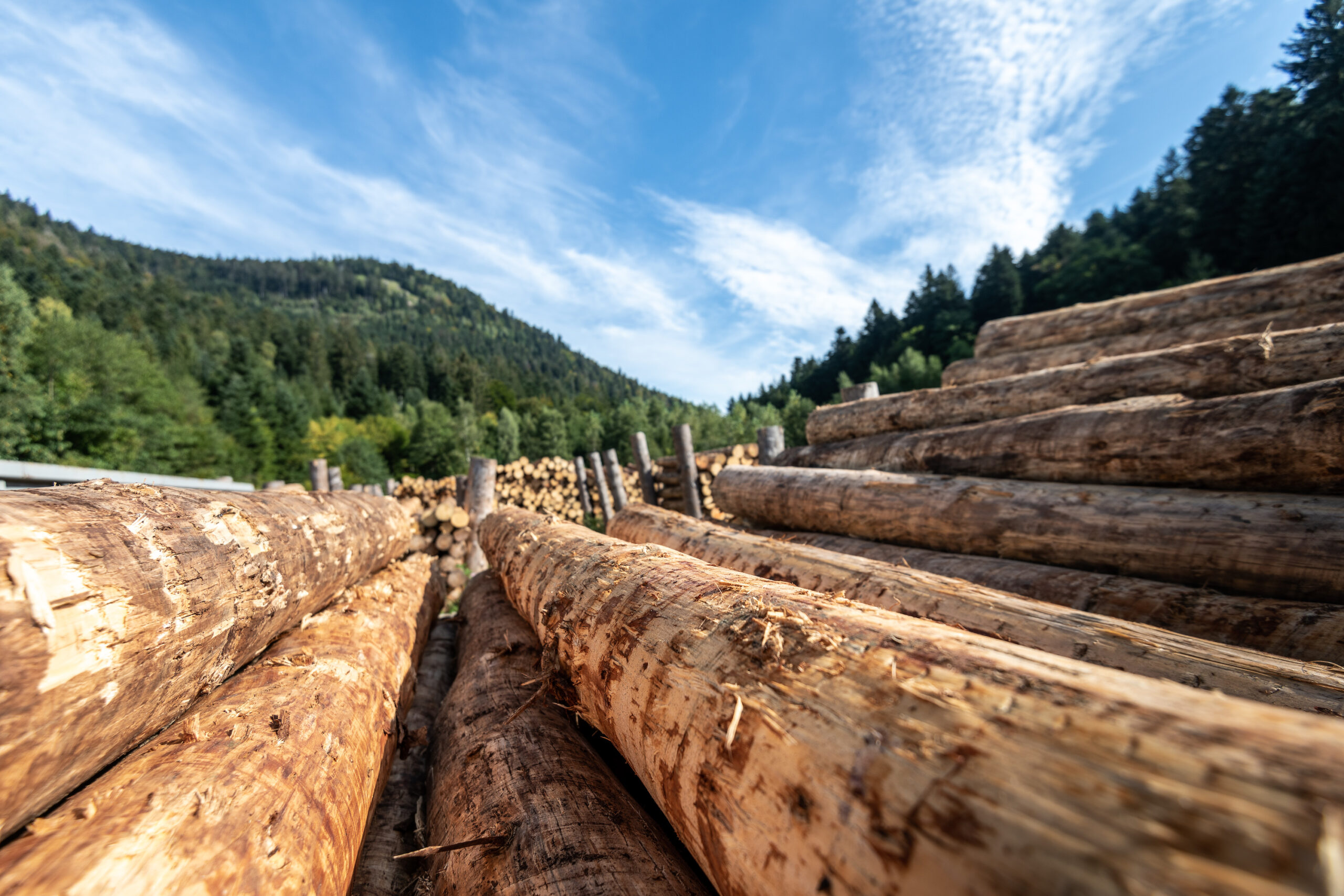How has your sawmill developed over three generations?
We are about to celebrate our 70th anniversary, and the sawmilling profession has changed completely, especially in the last 10 years. We have gone from being small foresters to being industrialists in the best sense of the word. The market demands it, and technological progress has made it possible. We have nothing in common with the sawmill of my grandfather’s time.
What is Scierie Lemaire’s speciality?
Structural timber for the construction industry, as well as packaging and shuttering timber for low-grade waste wood. In addition, our new production site in Petite-Raon allows us to specialise in small and medium-sized logs. We use technology that is unique in Europe. Our equipment is very innovative and modern.
What are the values of your company?
Innovation. We constantly strive to modernise our equipment and look at innovations in other industries to adapt them to our processes. Our family too. We are a family business and our employees are part of the family. This is one of our core values.
Sustainability and respect for the environment are in our DNA. We want to honour what nature offers us through the forest. Wood is a precious resource.
As a company leader, my primary goal is to contribute to the ecological transition and global change. With wood we can replace fossil fuels and carbon emitting buildings. The material we use stores and binds CO2. I want to contribute to changing the world.
I also want to continue the family legacy for a possible fourth generation in the future.

What does it mean to be a sawmill worker in 2022?
We still have a lot of work to do to break down the stereotypes surrounding woodworking jobs. Some people still picture a sawmill worker in a flannel shirt with an axe slung over his shoulder. But we are a long way from that stereotype. We are an industry that works like other industries. We want to communicate more, challenge traditional norms and prove that the profession is evolving. We don’t forget our roots and we’re proud of the lumberjack image. But it’s an image that needs to be updated as our profession has evolved.
How do you innovate?
We innovate in two main areas. Firstly, while CSR (Corporate Social Responsibility) is a hot topic these days, the sawmilling industry is by nature a continuous practice of CSR. We’re applying practical measures we’ve always used, such as replanting trees, minimising emissions and optimising our energy consumption.
Secondly, we are innovating by using advanced equipment that makes use of artificial intelligence and algorithms that we have developed. These technologies calculate the exact consistency of the wood, allowing us to maximise yield and fully use what the forest provides. We achieve this with the help of engineers and a skilled technical team. The aim is to waste as little raw material as possible, because in a sawmill we have to use 100% of what the forest offers us.
This new technology is used at the Petite-Raon site. We have an avant-garde sawmill concept with machines that communicate with each other using artificial intelligence.
Is wood the material of the future?
The era of metal was in full swing with the Eiffel Tower, the previous generation had concrete, and our generation is undoubtedly the era of wood. We didn’t choose it, it’s scientific and chemical, wood stores carbon and our biggest problem today is CO2 emissions. We are lucky in our profession because wood is a material that stores carbon and helps us to build wooden constructions.
How would you define your team?
The team is rich because of the age pyramid. New people have joined us in recent years and others who knew the first generation, my grandfather’s generation, are still here. So there is a strong combination of experiences. There is a kind of family bond within the team.
Above all, we are lucky to have this material, wood, which is a source of passion; working with wood is not trivial, it is alive, it is noble. Coming from the Vosges, we know what the forest and the fir tree mean, it gives meaning and passion to our profession.